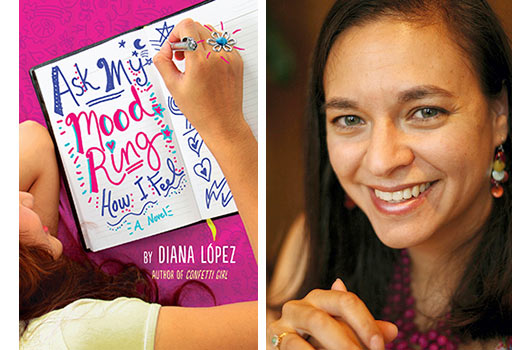
So you’ve decided to make an addition to the family, and adopt a dog from your local animal shelter. You know you’re doing the right thing in adopting a shelter pet, instead of buying from a breeder or pet store, as millions of unwanted dogs are euthanized each year in the U.S.—and that’s not counting the millions of other animals, including cats, rabbits and other small mammals, and even horses and pigs that are put to sleep because of shelter overcrowding.
But doing the right thing and finding the right dog for your family are two different things. How can you be sure that your new furry friend is a good match for your household, and that you can provide him with a loving, forever home? Here are some tips for adopting the right shelter dog:
BEFORE YOU GO TO THE SHELTER
Make everyone commit: Sure, the kids have been bugging you to get them a dog, but are they ready to help take care of a new pet? They’ll nod their heads “yes,” of course, but are they really prepared to clean up accidents, take their new pal for walks or play sessions, and work with you on training? The best way to get everyone to keep their word (and that includes your partner or spouse) is to set up a care schedule for your new family member. Maria is in charge of food and water. Brandon takes the dog out three times a day. Mom and Dad clean up the poop and pee. (Sorry, Mom and Dad…)
Read Related: Why Pets Are Great for Kids
Pick a size: If you live in a small home or apartment or don’t have a backyard, a small to medium size dog may be the best choice for your household. They do well in smaller spaces, and can get the exercise they need with several walks a day. Conversely, if you have very small children at home, a small dog may feel threatened by constant poking, prodding and handling, so a large breed dog may be perfect for your active family and your big backyard.
Pick an age: The kids may have their hearts set on a cute, cuddly puppy. But are you prepared for the housetraining, shredded upholstery and upended potted plants that come with a new puppy? Consider a dog that is a couple of years old; the kids will still have an active playmate, and you’re more likely to have a dog who already knows how to behave in the house. If you have older kids or no kids, consider being an angel to an older dog, whose chances of being adopted are far less. Even though he won’t be yours to love for as long a time, the reward will be in knowing that you gave a sweet old dog a loving home to live out his last year.
Prepare the house: Since most responsible shelters require a home visit before adopting out a pet, make sure your home is ready for your new addition. But a leash, food and water bowls, dog treats and toys and a dog bed or training crate. If you have a fenced-in yard, make sure the yard is free of debris and that any holes in the fence are mended. Keep in mind that an agile dog can jump a fence, especially if there’s a table, garbage can or other object nearby to give him a boost.
AT THE SHELTER
Stay strong: There are few things tougher than walking down the rows of cages at an animal shelter, and seeing all those sad, longing eyes looking back at you. Even though you want to take them all home, you can only pick one, or maybe two. Narrow down your choices to a few dogs. Keep in mind that a dog that cowers in the back of his cage may come to life once he’s out on a leash or in a visiting room, so don’t rule out the shy, scared ones.
Ask questions: Shelter staff should be able to tell you a bit about each dog’s background. Was he surrendered, seized or abandoned? Has he been a victim of abuse, or shown aggression with humans or other animals? Is he known to be good with children? A sweet, submissive dog that’s been the victim of abuse or neglect can be rehabilitated in a loving home and quickly come out of his shell. A dog that’s been abused to the point of becoming aggressive is best left for trainers or other experts who have the time and dedication (and no small kids) to rehabilitate him.
Spend some time: Hopefully the shelter has a private room where you can visit one at a time with each dog you’re considering. A friendly, social dog won’t need any encouragement to wiggle up to you, lick your hands and asked to be petted. A shier dog may take some time to warm up, but most dogs will, after a few minutes, approach in this situation. If your kids are with you, be sure they stay calm and do not “pounce” on the dog in their eagerness to cuddle and play. Ask them to sit quietly on the floor and wait for the dog to come to them. Take the dog for a walk on a leash. If he pulls or wanders, don’t worry; this is behavior that can be modified. But watch for signs of aggression with other dogs and humans.
Make the commitment: Once you’ve selected your new pet, you’ll go through an adoption process that could take several days. And when your new four-legged family member comes home, remember he is just that—family. If you can’t make the commitment to provide a loving home for the lifetime of a pet, you shouldn’t adopt. Pets are a lot like kids: most of the time they are a joy and some of the time they are a pain in the butt. And they’re always a lot of work. This poor baby has already been thrown away at least once—that’s how he wound up in the shelter—so make a promise to yourself and him to give him a forever home.












